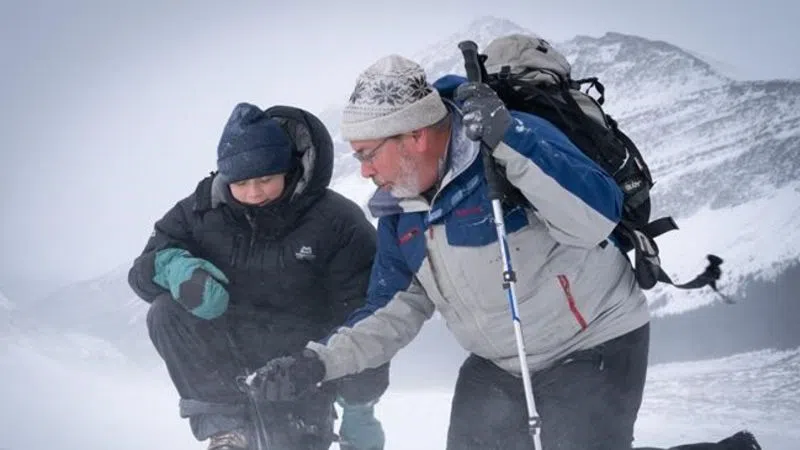
‘Utterly fearless:’ Greta Thunberg visits glacier in Jasper National Park
JASPER, Alta. — Climate change activist Greta Thunberg braved a blizzard on a snow-covered glacier in Jasper National Park this week to learn from the scientists who study the ice.
In a tweet to her followers, the Swedish teenager thanked scientist John Pomeroy of the University of Saskatchewan and Parks Canada ecologist Brenda Shepherd for educating her “on the effects of the climate and ecological crisis on stunning Jasper National Park.”
She met with Shepherd on Monday to visit a whitebark pine forest and talk about the battle with mountain pine beetle and blister rust, said Parks Canada spokesman Steve Young.
Pomeroy, director of the Global Water Futures program, said his team from the Cold Regions Laboratory in Canmore, Alta., was asked to talk about glaciers with the 16-year-old and her father, Svante Thunberg.
